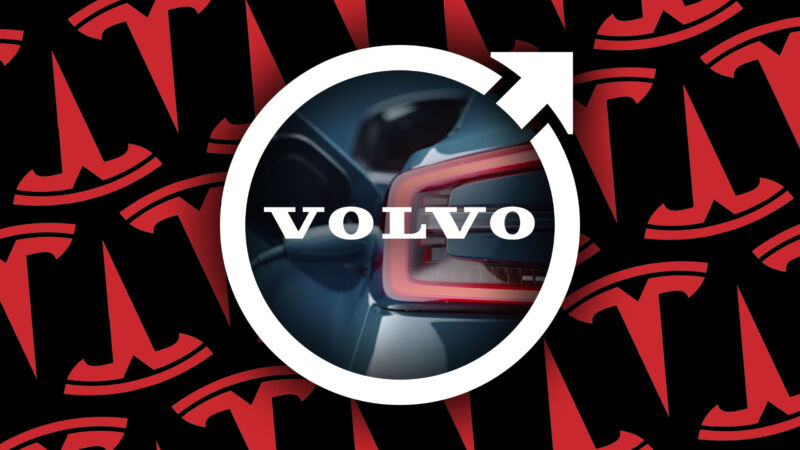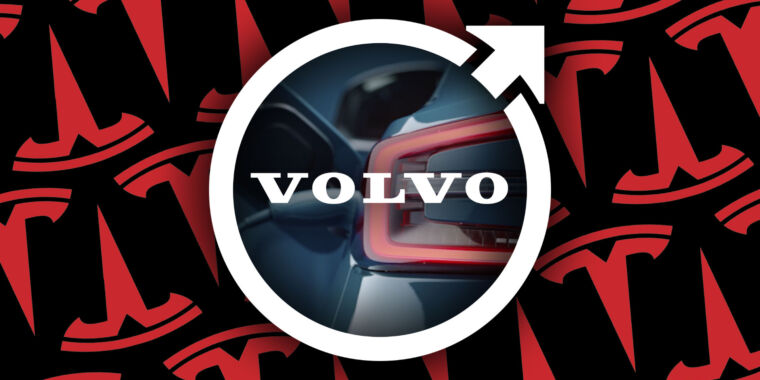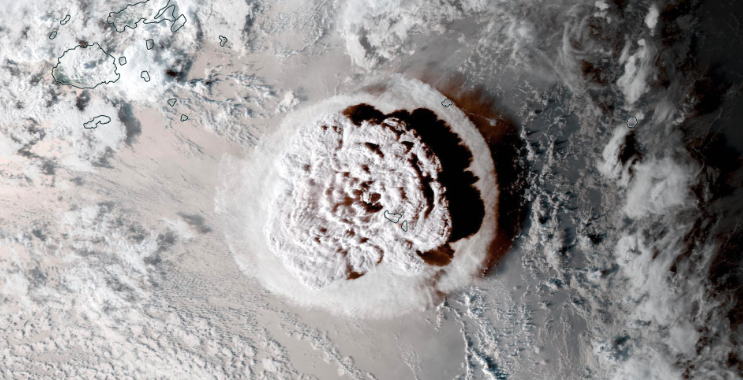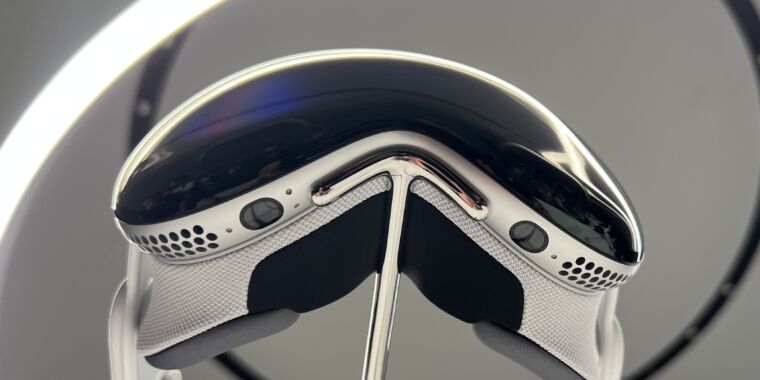
Aurich Lawson
The inexorable rise of the North American Charging Standard continues unabated. On Tuesday, it was Volvo’s turn to be the latest automaker to negotiate access to Tesla’s Supercharger network for its customers beginning in 2024. But perhaps more importantly, SAE International will make NACS an official standard within the next six months. And that’s probably just what the rest of the auto industry needs to make the jump.
Is this a flood yet?
NACS is Tesla’s latest-spec charging protocol, which it opened up to other automakers in November 2022. At first, the sole taker was Aptera, but since that company still has not started selling cars, it remained a little theoretical.
It started looking a lot more real at the end of May. That’s when Ford said that from 2024, its EVs will be able to use the nearly 12,000 Tesla Superchargers in North America.
Currently, Ford—like every automaker except Tesla—sells EVs in North America that use the Combined Charging System-spec plug for DC fast charging.
But as most owners of CCS-equipped EVs know all too well, the CCS charging experience is far from pleasant. There are many fewer CCS DC fast chargers than Tesla Superchargers, and many of the CCS chargers that have been deployed are unreliable. So gaining access to an unquestionably superior charging network is a clear win for the Blue Oval’s future EV customers.
Two weeks later, General Motors joined the club. It will also gain access to the Tesla Supercharger network for its EVs. At first, they’ll need an adapter to mate the NACS cable with the CCS sockets on its cars, but from 2025 it will switch to building EVs with NACS sockets.
Next came Rivian, maker of adventurous off-road-focused EVs (and Amazon delivery vans). By now, the song was pretty familiar: access to the Supercharger network next year with adapters, then native NACS plugs on Vivian’s the following year.
You will therefore be unsurprised to learn some of the details of the Volvo news. It, too, will supply customers with CCS>NACS adapters from 2024, so they can fast-charge at Superchargers. And in 2025, Volvo will build NACS sockets into its cars so that they can charge natively from Tesla cables with no adapters required. Although there will be an adapter for those times when a NACS-equipped Volvo wants to slum it at a CCS stop, Volvo said.
A win for EV drivers
The growing switch to NACS is undoubtedly a good one for the end user. The experience at a Tesla Supercharger is objectively better than the alternative. The plug is lighter and smaller than the CCS1 connector, and there are more than twice as many chargers already reliably charging EVs.
The timing could have been a little better, at least in one regard. Last year, the federal government finally committed to funding a countrywide network of fast chargers along interstate corridors. This is a much-needed piece of the big switch to electric transportation, but the only EV plug mandated by the National Electric Vehicle Infrastructure (NEVI) standards is the CCS1 connector, which now looks set for extinction.
It may take the federal government a while to fix that one, given the often-glacial pace of policymaking. The states appear less burdened. Washington will require charging companies to provide NACS plugs for chargers that are paid for with state funds, and Texas has said that it will only approve NEVI funding requests in its state if NACS plugs are included alongside CCS. (The $5 billion NEVI money is administered by each state.)
The announcement from SAE International may well be the cue that other automakers have been waiting for. Mercedes-Benz CTO Markus Schaefer recently told Ars that Mercedes was including Google’s maps in the forthcoming MBOS despite the fact that Mercedes is one of the major investors in Here, a rival mapping company.
The superior user experience was his justification; when I asked if that also applied to EV charging and a potential move to NACS, he declined to rule it out. Now that a rival isn’t in sole control of that standard, it’s a much easier argument to make to one’s board.
The companies that make DC fast chargers for EVs have already begun responding; many have already added NACS as an option for new customers. A big unanswered question is what happens once all these non-Tesla EVs start showing up at Supercharger sites next year. Not all will be able to plug in quite as seamlessly as a Model 3 or Y; the charger stalls are optimized for cars that have their charging ports in the same place as a Tesla, after all.
And I’m certainly intrigued to see if the poor reliability of CCS chargers continues to be a problem when third-party hardware makers and charging networks start deploying NACS.
Bets may be taken on whether Hyundai or Volkswagen will be the next major automaker to ditch CCS. It’s hard to imagine CCS1 surviving either defecting, especially if VW Group took the Electrify America charging network with it. Meanwhile, the hundreds of thousands of CCS-equipped EVs already on US roads are headed for the same future obsolescence as cars that used the CHAdeMO standard, which fell out of favor years ago.








